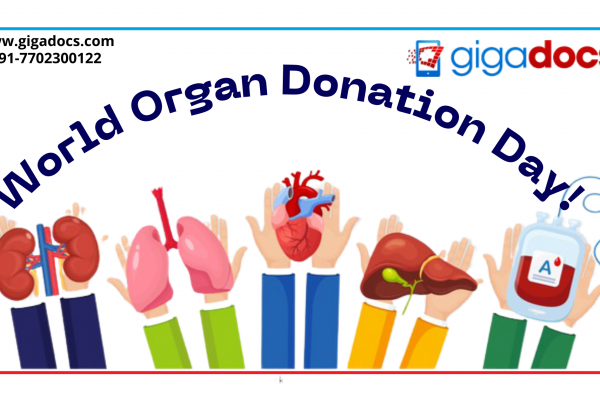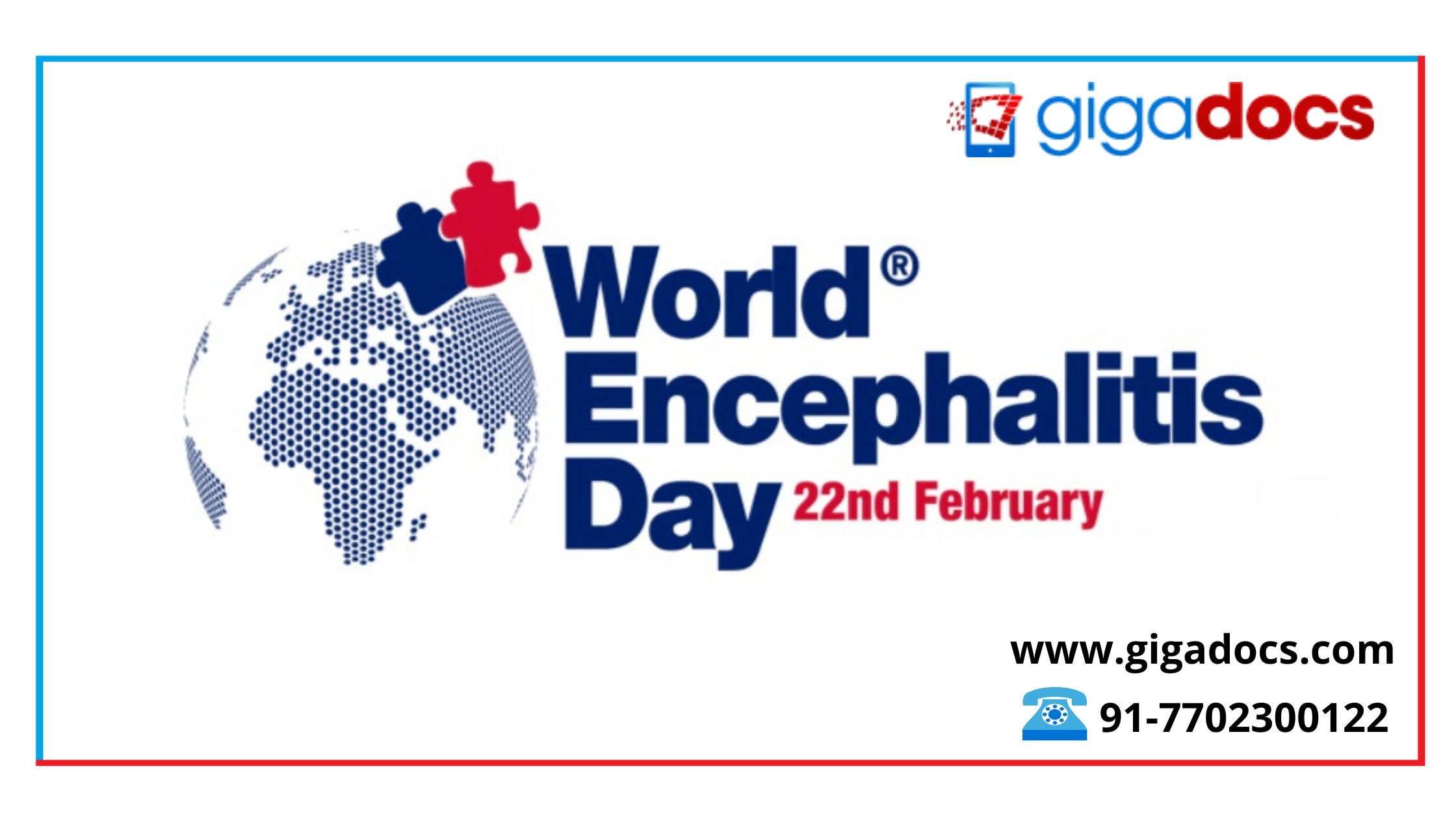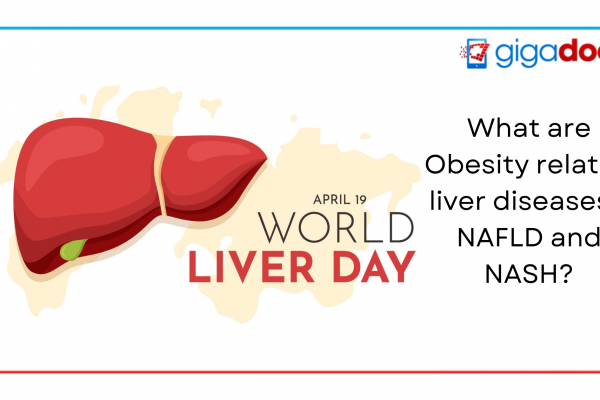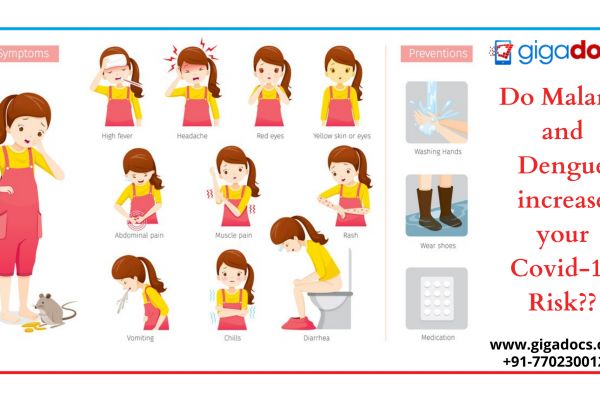IVF or in-vitro fertilization gives a ray of hope to childless couples who want to have a child. It serves as both a diagnostic and a therapeutic tool. It can detect fertilization and embryo development concerns that other methods cannot. There are a lot of factors that affect the success rate of IVF, given the fact that reproduction is a complex process itself.
The most commonly recommended treatment for infertility remains IVF. Here are some interesting stats on Infertility.
Infertility: Stats
- Out of every three infertile women, one has a problem with her reproductive system.
- Out of three infertile men, one has a problem with their reproductive system
- One out of every three couples faces a problem that affects both partners.
Infertility, How Can it Affect you?
- One in five women between the ages of 15 and 44 has difficulty conceiving.
- Women who have pregnancy complications may suffer a miscarriage before the twentieth week of pregnancy or give birth to a still-born after the twentieth week.
Infertility Types
- Primary– Explains infertility in a woman who has never been pregnant and cannot get pregnant even after trying to get pregnant for one year.
- Secondary– Refers to the case of a woman who cannot get pregnant after having one successful pregnancy.
What factors contribute to infertility?
These factors raise the risk of infertility in both sexes:
- High sugar levels (Diabetes)
- Age (Women over 35 and Men over 40).
- People who had cancer treatments like radiation therapy.
- Sexually transmitted infections (STDs).
- Excessive alcohol consumption.
- Toxins in the environment, like lead and pesticides.
- Over-exercising.
- Smoking.
- Stress.
- Abuse of substances.
- Weight issues (obesity or underweight).
- Anorexia nervosa and bulimia are examples of eating disorders.
Natural infertility causes include:
1. Age
The older a person gets, the less likely it is to become pregnant through IVF because the quality of eggs and sperm declines with age. Couples under the age of 35 have a 40% chance of success. There is only a 5% to 10% chance of conception through IVF in women between the ages of 42 and 50.
2. Past Pregnancy
A woman’s previous conception history is essential in determining IVF success. A woman who has previously had a successful pregnancy with or without IVF has a higher chance of conception.
3. Lifestyle practices
One of the primary causes of infertility in today’s couples is their way of life. To conceive successfully, couples planning a family or those undergoing IVF treatment must make specific lifestyle changes. Quitting smoking and drinking, getting enough sleep, reducing stress, and avoiding junk food are all examples.
As you get older, your chances of becoming infertile rise. Furthermore, environmental pollutants and toxins can be directly toxic to gametes (eggs and sperm), resulting in decreased numbers and poor quality, ultimately leading to infertility.
Why is it critical to address infertility?
- Infertility management and fertility care services may be required for a wide range of people, which includes heterosexual couples, same-sex partners, older people, individuals who are not in sexual relationships, and those with certain medical conditions, like HIV couples and cancer survivors. Inequities and disparities in access to reproductive health services disproportionately affect the poor, unmarried, uneducated, unemployed, and marginalized populations.
- Infertility treatment can also help to reduce gender inequality. Although both men and women can be infertile, women in a relationship with a man are frequently perceived to be infertile, whether they are or are not. Infertility has significant negative social consequences in the lives of infertile couples, particularly women, who frequently face violence, divorce, social stigma, emotional stress, depression, anxiety, and low self-esteem.
What are the Causes of Infertility?
The following factors can cause female infertility:
- Abnormal menstruation.
- Fallopian tubes are clogged.
- Gluten intolerance.
- Kidney failure.
- Ectopic (tubal) pregnancy in the past.
- Inflammation of the cervix.
- Cushing’s syndrome and other pituitary gland disorders
- PCOS, ovarian cysts, and primary ovarian insufficiency are all symptoms of PCOS.
- Sickle cell disease.
- Endometriosis, uterine fibroids, and uterine polyps are all examples of uterine problems.
- Thyroid condition.
Embryologist’s Roles and Responsibilities-
- Examining individual fertility levels.
- Collection and processing of eggs
- Insemination
- Observing embryo development
- Choosing which embryos to transfer
- Embryo, egg, and sperm preservation
- Genetic analysis
- Taking care of sperm and egg banks
World Embryologists Day
World Embryologists Day is celebrated on July 25th, the birthday of Louise Brown, the first baby conceived through IVF in 1978. IVF is a ray of hope for people struggling with infertility who want to start a family, so we at Gigadocs invite you to join us in celebrating today and remembering the role of IVF in reproductive medicine history.
Seeking help for Infertility with Gigadocs
Women under 35 who aren’t pregnant should see a doctor after a year of trying. If you are over 35, you should seek help sooner (after six months of trying). The likelihood of a woman becoming pregnant decreases with age. A 30-year-old woman’s fertility is half that of a 20-year-old woman.
If you have a risk factor that affects fertility, regardless of gender, you should seek help as soon as possible. Medication and surgery are used to treat infertility. Download the Gigadocs App to speak with experienced Embryologists, IVF doctors, and infertility specialists.
To Download-
- IOS App – apple.co/2W2iG4V
- Android App – bit.ly/33AQoR




